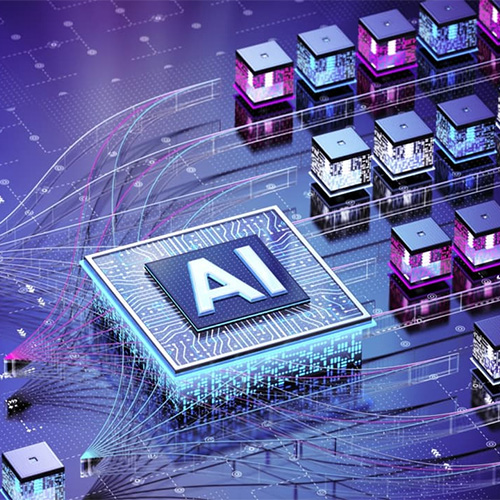
Oracle’s massive $300 billion infrastructure deal with OpenAI—once hailed as a bold leap into the AI future—is now attracting scrutiny, with analysts warning that the company may already be “underwater” on the agreement. The deal, centered on building enormous AI data centers and supplying large-scale compute for OpenAI’s next-generation models, is proving far costlier and riskier than initially projected.
The root concern lies in what experts are calling AI’s “reverse Midas effect”: everything big tech touches in generative AI turns into massive expense rather than profit. Despite soaring demand for AI capabilities, the economics of training, running, and maintaining advanced models remain brutal—characterized by astronomical hardware costs, extreme energy consumption, and rapidly escalating capacity requirements.
Oracle’s partnership commits it to building multi-gigawatt data centers and purchasing cutting-edge chips at unprecedented scale. But with OpenAI’s compute needs ballooning faster than revenue projections, Oracle’s financial exposure is expanding at a rate that some industry observers believe is unsustainable. Even OpenAI has publicly acknowledged the strain of rising infrastructure costs, despite backing from Microsoft, SoftBank, and other major investors.
Critics argue that the AI industry is entering a dangerous cycle: hyperscalers pour billions into infrastructure for models that require even more billions to operate, creating a circular economy of spending without proportional returns. For Oracle, which is still working to catch up with AWS, Azure, and Google Cloud, the risk is particularly acute.
While the company hopes the OpenAI partnership will secure long-term dominance in AI cloud services, the immediate reality is sobering: the cost of powering the AI revolution may be outpacing the profits it promises.
See What’s Next in Tech With the Fast Forward Newsletter
Tweets From @varindiamag
Nothing to see here - yet
When they Tweet, their Tweets will show up here.





























